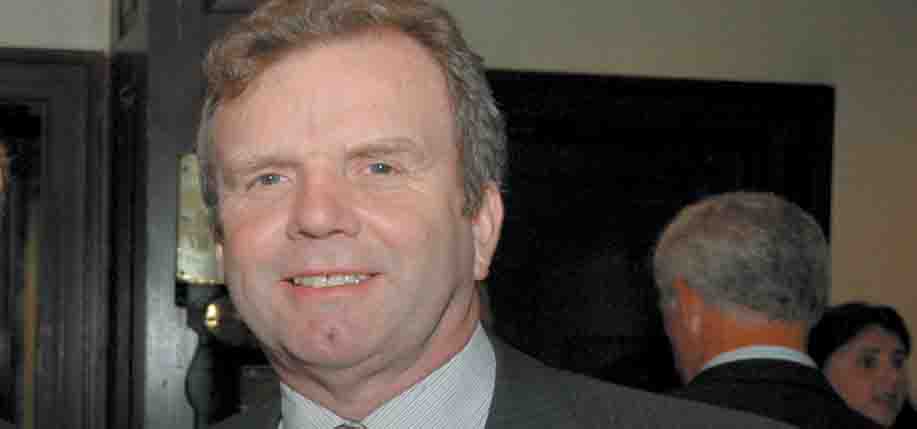Belfast: “Bliss it was to be alive” the poet William Wordsworth once wrote. It felt like that in Belfast on Tuesday, May 8th.
What the world thought was once impossible was suddenly live before my very eyes. The Reverend Ian Paisley, the paragon of hardline Protestantism, and Martin McGuinness, the former IRA leader, were walking down the ornate stairway of Stormont Castle together, flanked by the British and Irish leaders Tony Blair and Bertie Ahern.
They were about to announce to the world media that the impossible had happened. The two most hardline parties in the North had agreed to form a power-sharing government, bringing an end to The Troubles.
Their joint announcement had even grizzled journalists shaking their heads. “I thought I had seen everything,” said one. Perhaps we ain’t seen nothing yet.
Even Paisley himself seemed in a state of disbelief. He said if someone had predicted he’d be standing in Stormont one day announcing a joint government with Sinn Féin, he’d have utterly disbelieved them. Yet here he was, on a cool spring day, with hope blooming like the May flowers outside.
Insiders say it was his wife Eileen, to whom he is devoted, who finally swung the reverend towards compromise. She convinced him his legacy would be as a man of peace, not war, if he took the plunge. She did the Lord’s work if she did.
I had traveled on a bus that morning to Stormont, so long the seat of Unionist power. On board were about 40 members of Sinn Féin from the Falls Road area, cockpit of The Troubles. In the early morning rain they had smiles to wake up the sun. This was their day.
After generations of bending to Unionist power and supremacy, they were now going to share power on an equal basis. They would enter Stormont as equals, driving past the statue of Edward Carson, founder of Ulster Unionism, not with heads bowed and eyes averted but with heads held high.
I met Father Alec Reid. He is the lone- wolf clergyman who back in 1986 brought John Hume, then leader of Ireland’s nationalists, and Gerry Adams together to begin the discussions that kick-started the peace process. In 1986 the interminable violence seemed never likely to end. Alec Reid was one of the few who believed otherwise.
“It took 21 years,” he said to me, “but wasn’t it worth it for this?”
I met Albert Reynolds, former Taoiseach (Prime Minister), who had taken the momentous decision to talk to Sinn Féin in the early 1990s at a time when every government in the world was shunning them. He looks older now than in his heyday, but the grin on his face was as wide as a barn door. “I always knew it could be done,” he said in that clipped language of his. “Just a matter of courage and commitment.”
There was certainly plenty of that around. Men like Senator Edward Kennedy showed it. When Kennedy was approached for help on a visa for Gerry Adams to come to America in 1994 he didn’t hesitate. That visa played a huge role in the IRA ceasefire in August of that year.
Now here was Kennedy at Stormont, sitting in one of the executive offices that surely had housed a Unionist minister at one time who no doubt was turning and spitting fire in his grave. Ted looked jet- lagged, having just flown in, but there was joy in his heart. “What happened today sends a message to the world that peaceful change can happen, even in the worst trouble spots,” he told me.
Also from America came Chuck Feeney and Bill Flynn, two businessmen who had played huge roles along with Kennedy in getting the Clinton White House to intervene in Northern Ireland, something no other White House had ever done. This was their day too.
But at the end, the day belonged to everybody in Northern Ireland, to every young mother who would not have to worry about a son killed or jailed in The Troubles, to every young man and woman to whom the future suddenly looked as bright as this suddenly sunny May day. Truly blessed are the peacemakers, even when they are as unlikely as Ian Paisley. ♦


Leave a Reply